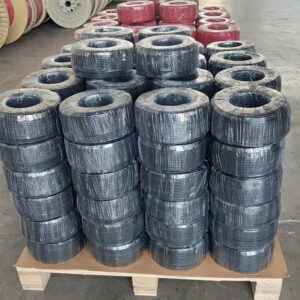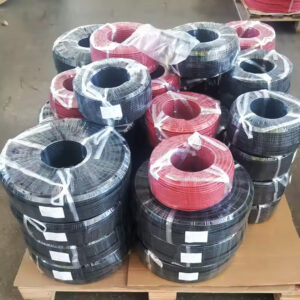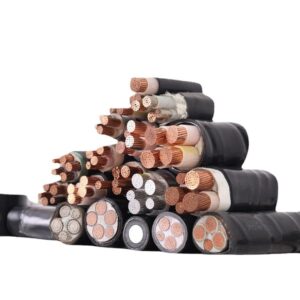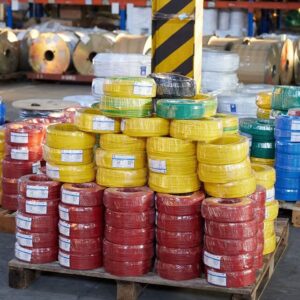THHN vs. THWN Wire: Understanding the Differences for Electrical Applications
When selecting electrical wiring for industrial, commercial, or residential projects, understanding the specifications of different wire types is critical for safety, compliance, and performance. Two commonly used wire types are THHN and THWN, which share similarities but have distinct differences in their capabilities. Below, we break down their characteristics, applications, and key considerations to help you choose the right option for your needs.
What is THHN Wire?
- Full Name: Thermoplastic High Heat-resistant Nylon-coated.
- Insulation Material: A thermoplastic (usually PVC) with a nylon jacket.
- Temperature Rating: Rated for up to 90°C (194°F) in dry conditions.
- Voltage Rating: Typically rated for 600V.
- Key Features:
- Excellent heat resistance.
- Resistant to oils, gasoline, and abrasion.
- Not inherently water-resistant (for dry or damp locations only).
Common Applications:
- Conduit wiring in HVAC systems.
- Machine tools, control circuits, and industrial equipment.
- Indoor electrical panels or dry environments.
What is THWN Wire?
- Full Name: Thermoplastic Heat and Water-resistant Nylon-coated.
- Insulation Material: Thermoplastic with a water-resistant nylon coating.
- Temperature Rating: Up to 75°C (167°F) in wet conditions or 90°C (194°F) in dry conditions.
- Voltage Rating: 600V.
- Key Features:
- Water-resistant for wet/damp environments.
- UV resistance (if labeled for outdoor use).
- More versatile across temperature ranges compared to THHN.
Common Applications:
- Underground conduit installations.
- Outdoor lighting, pumps, or irrigation systems.
- Areas exposed to moisture, such as basements or outdoor enclosures.
Key Differences Between THHN and THWN
| Feature | THHN | THWN |
|---|---|---|
| Water Resistance | Not rated for submersion. | Suitable for wet locations. |
| Temperature Range | 90°C (dry) only. | 75°C (wet) / 90°C (dry). |
| Outdoor Use | Requires conduit protection. | Approved for outdoor use. |
| Versatility | Limited to dry/damp areas. | Wider range of environments. |
How to Choose Between THHN and THWN
- Environment:
- Use THHN for indoor, dry, or controlled environments.
- Choose THWN for outdoor, wet, or humid locations.
- Code Compliance:
- Check local electrical codes (e.g., NEC in the U.S.). Modern THWN-2 wire often replaces older THWN and meets dual ratings (THHN/THWN-2), offering greater flexibility.
- Cost:
- THHN is generally less expensive but limited in application.
- THWN provides broader utility, potentially reducing long-term costs.
FAQs
Q: Can THHN and THWN be used interchangeably?
A: Only if the wire is dual-rated (labeled THHN/THWN-2). Otherwise, follow the manufacturer’s guidelines.
Q: Is THWN suitable for direct burial?
A: No—THWN requires conduit protection even outdoors. For direct burial, use wire specifically rated for underground use (e.g., UF-B).
Q: What does the “-2” in THWN-2 mean?
A: The “-2” indicates enhanced temperature resistance (up to 90°C in both wet and dry conditions).
Conclusion
THHN and THWN wires serve distinct purposes based on environmental conditions and regulatory requirements. While THHN excels in heat resistance for dry applications, THWN’s water-resistant properties make it ideal for versatile installations. Always verify dual ratings (THHN/THWN-2) for cost-effective solutions and consult local codes to ensure compliance.
By understanding these differences, contractors and engineers can optimize safety, performance, and project efficiency.







